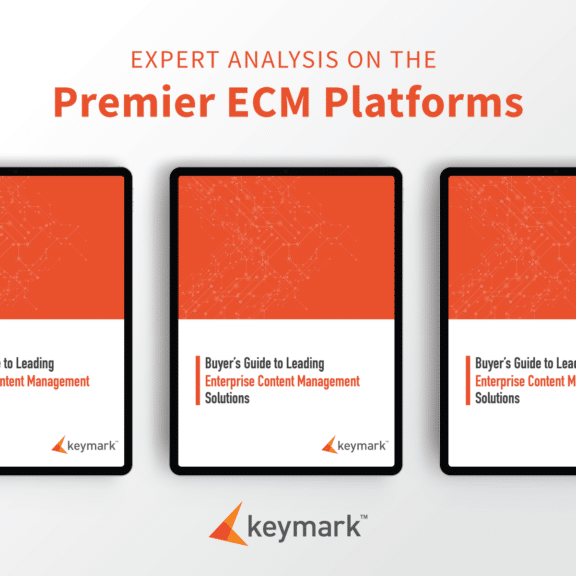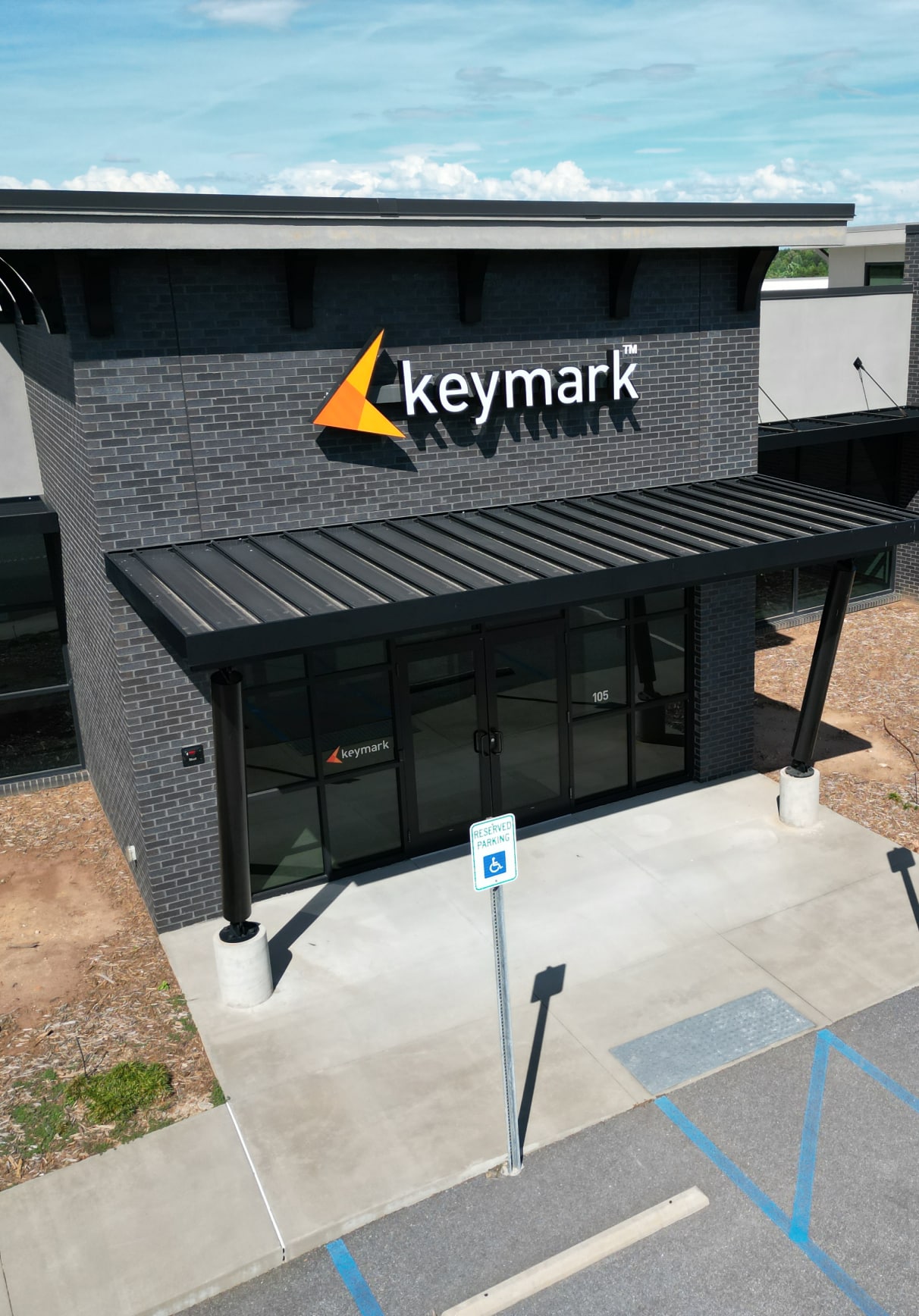What is document management?
A document management system (DMS) stores, transforms, and maintains your data in a centralized repository for simple and secure data retrieval.
Hyland Document Management
Hyland document management goes beyond the basics of a mere document handling system. Through Hyland’s flagship content services platform — OnBase — Hyland marries document management with artificial intelligence to offer a comprehensive suite of features that enable transformative document management.

Centralize
OnBase document management places all of your critical information within a few clicks, no matter where you are or what device you use. Eradicate the costs of paper, maintain file accuracy and security with version controls and user-access controls.
Search
OnBase document management stores files any way you prefer, with AI-driven naming hierarchies, metadata tagging, and indexing. Remove the significant time cost of hunting down documents and data, and find information in semi-structured and unstructured sources.
Manage
Remove the stress of ever-changing data retention policies. OnBase document management systems maintain audit trails and protect sensitive data with helpful tools to alter what users can see, do, and download, and deletes data when necessary.
See why OnBase by Hyland software leads document management systems.
Where does OnBase document management rank in the battle of content services solutions? Read our ECM report to understand the pros, cons, strengths and weaknesses of today’s document handling system leaders.


Why Leverage an OnBase Document Management Solution from KeyMark?
KeyMark has been a leading OnBase Reseller since 1999. During that time, we have gained extensive experience in various industries, from financial services to government, healthcare to insurance, and many more. Organizations choose us because we:
PARTNER
KeyMark ensures successful OnBase implementation by assigning a dedicated team to your project.
TRAIN
KeyMark educates you and your team by hosting monthly webinars with OnBase tips, tricks and more.
MONITOR
KeyMark delivers unique business process analytics, providing you with metrics that measure success in real-time.
ADVANCE
KeyMark offers OnBase Support and Maintenance plans that are designed to meet the specific needs of your organization.
STAFFING
KeyMark’s professional services team can assist your organization with augmenting your staff. We offer OnBase staffing resources to suit your needs.


2024 Hyland Partner of the Year + 2023 Platinum Partner + 2023 Diamond Support Partner
308,000+
Project Hours
2,140+
CUSTOMER PROJECTS
175 years
Combined Expertise
180+
PROJECTS IN 2023
Tell us about your document management needs or process pain points...
As a market leader in Document Management Systems, KeyMark can help you customize OnBase’s powerful document management capabilities to automate document processing with precision and confidence. Send us a message and let’s kick-off a conversation centered on your needs for document management.

